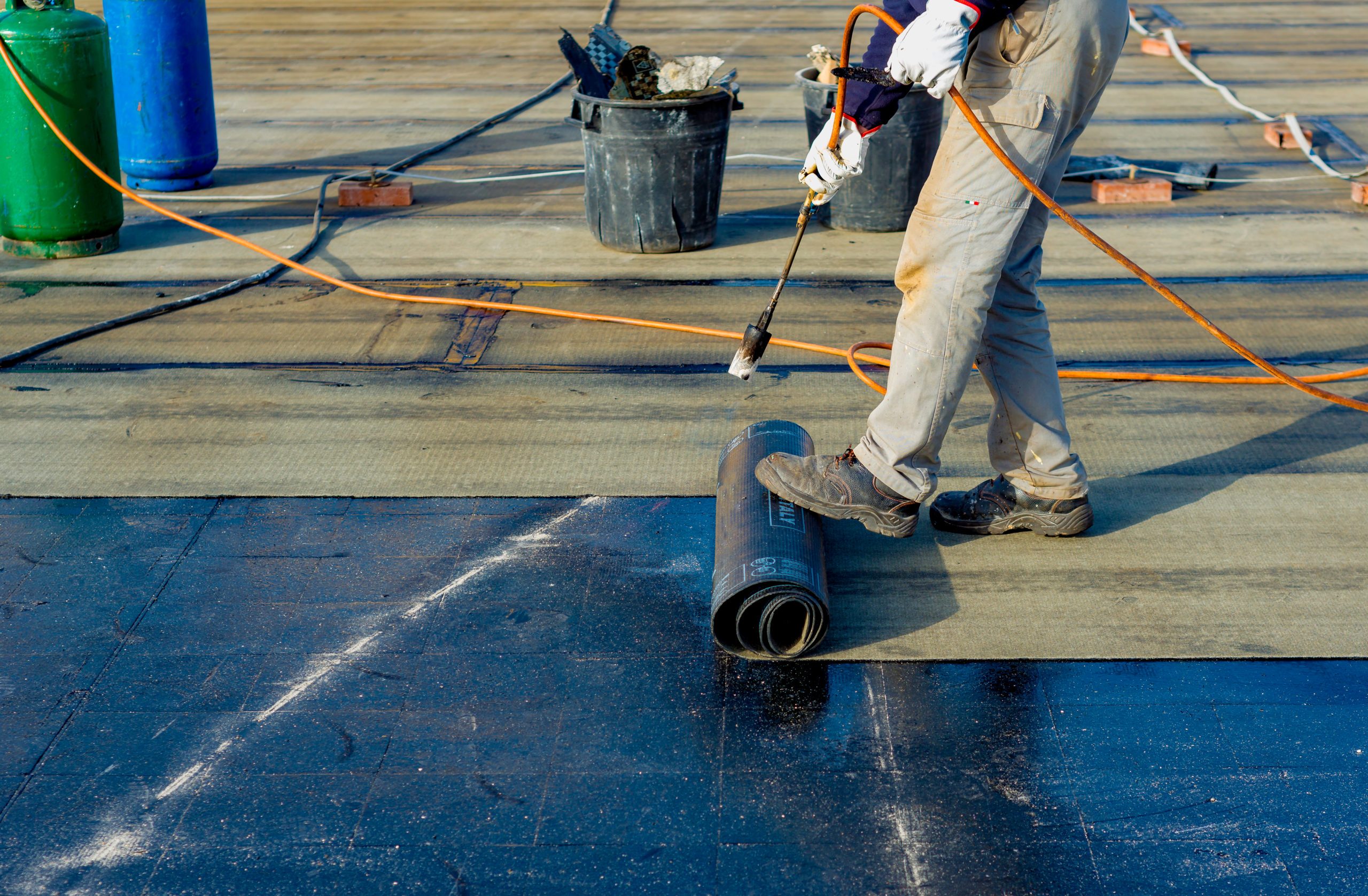Waterproofing is a key aspect of preserving the integrity and durability of any home or edifice. Whether you are a householder seeking to protect your investment from the harmful effects of moisture or a construction professional looking to create long-lasting buildings, knowing how to select the right waterproofing products is crucial. Moisture damage can lead to expensive repairs, mildew , and serious structural issues, turning effective waterproofing a must for all homeowners.
In this comprehensive guide, we will explore the various facets of waterproofing, from identifying the signs that your building needs waterproofing to understanding the distinctions between interior and exterior methods. We will also delve into the common fallacies surrounding waterproofing, allowing you to choose wisely. With the proper information and products, you can protect your home from moisture-related problems and save yourself a lot of money in subsequent repairs.
Understanding the Value of Waterproofing
Moisture-proofing is essential for any building as it safeguards structures from damaging water exposure, which can lead to costly repairs and major loss of property value. Moisture seepage does not only pose a risk to structural soundness but also to the health of occupants, as dampness can cause fungal growth and fungi growth. By utilizing reliable waterproofing measures, property owners can establish a solid defense against the destructive effects of water.
Neglecting waterproofing can be a costly mistake. The hidden damage from leaks can lead to huge repair bills that far surpass the original cost in waterproofing materials and solutions. For instance, untreated moisture issues in basements can undermine the foundation, resulting in significant structural problems. Thus, comprehending the imperative nature of waterproofing can protect you considerable amounts of dollars in the future.
In addition, waterproofing contributes to reduced energy consumption in buildings. When Aluneed basement waterproofing , roofs, and basements are adequately waterproofed, they help maintain consistent indoor temperatures, reducing the necessity for excessive heating or cooling. This not only lowers energy bills but also enhances living conditions. Furthermore, a thoroughly safeguarded property is more resilient in extreme weather conditions, ensuring long-term protection for your investment.
Essential Considerations When It Comes To Choosing Waterproofing Products
As you selecting waterproofing products, the primary key consideration is the exact area you need to protect. Various surfaces, such as basements, ceilings, and bathrooms, have unique needs. For https://hoff-mullen.mdwrite.net/selecting-among-do-it-yourself-vs-professional-waterproofing , basement waterproofing often needs solutions that can withstand hydrostatic pressure, while roof waterproofing requires products that resist UV damage and temperature fluctuations. Identifying the exposure levels and moisture conditions of the area will assist in choosing the most product.
An additional important factor is the kind of materials used in the waterproofing product. Look for high-quality materials that offer durability and longevity. For example, membranes and coatings should be flexible enough to accommodate building movement while maintaining a robust barrier against water infiltration. Additionally, consider whether you prefer a solvent-based, water-based, or cementitious product, depending on the intended application and environmental impact.

In conclusion, the ease of application is crucial. Some waterproofing solutions are designed for DIY use, while others may need professional installation. Think about your skill level and if you have the tools needed for the job. It’s also prudent to assess the manufacturer’s instructions and recommendations regarding application conditions, such as temperature and humidity, to ensure optimal performance.
Common Waterproofing Solutions and Approaches
In the context of defending your home from water damage, there are numerous effective waterproofing methods to explore. One popular method is the application of waterproof membranes, which form a barrier that prevents moisture from penetrating surfaces such as cellars, partitions, and tops. These membranes can be made from multiple materials, including elastomer, asphalt, or polyvinyl chloride, and are suitable for both inside and exterior applications. Adequate installation is crucial to ensure that these membranes operate effectively, thus protecting your home from drips and penetration.
Another effective technique is the use of sealants and protective layers. These products are coated directly to areas and function as a shield against water. For instance, waterproofing paints can be used to surfaces and roofs to prevent mold and mildew growth growth, particularly in washrooms and kitchens. Moreover, elastomeric coatings are ideal for level roofs, providing flexibility and durability to withstand harsh weather conditions while preventing water out. Choosing the suitable sealant for each distinct area of your property is crucial to ensure long-lasting use and enhanced protection.
For external structures, think about setting up drainage systems and downspouts to divert water away from your land. French drains, sump pumps, and channel drains can successfully reduce the risk of liquid accumulation around foundations and basements. Combined with correct grading of the ground, these drainage solutions minimize the chance of penetration. Applying sump pump installation with these techniques ensures durable protection against moisture issues, ultimately protecting you from costly repairs in the long run.
